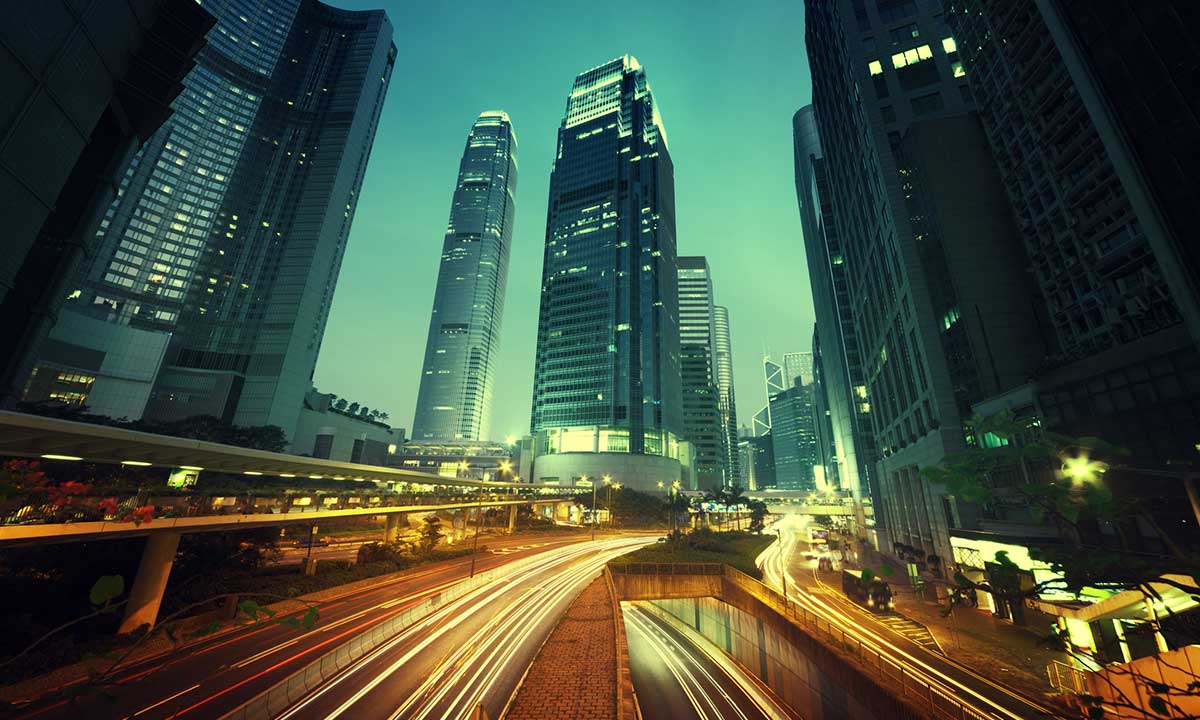1. 80 percent fewer cars.
Cars that drive themselves don’t have to sit idle. One car can first drop you off at work, then take the kids to school and hubby to a doctor’s appointment, says Carlo Ratti, director of the Senseable City Lab at Massachusetts Institute of Technology. Ratti calculates that this kind of sharing could reduce the number of cars in some urban areas to 20 percent of the number on the streets today.
2. Circling becomes a thing of the past – along with paying for parking.
As Seinfeld’s George Costanza said, “Nobody in my family can pay for parking. It’s a sickness.” MIT’s Ratti estimates that for example, there are 5,000 square miles of parking spaces in the U.S., an area larger than Puerto Rico. If the need for spaces disappears, then more urban real estate could be used for something else.
3. Clear the congestion.
Navigation and mapping company TomTom annually measures congestion in major cities. Two Canadian cities were on its 2016 top-10 most congested North American cities list: Vancouver is No. 4 with 34 percent greater than average travel time, and Toronto is at No. 9 with 28 percent greater average travel time. Less urban congestion equals more time for working and more time for fun.
4. Shrink the highways and budgets.
The Partners for Advanced Transit and Highways (PATH) estimated in 2012 that California drivers space themselves so they actually occupy only 5 percent of the highway. Columbia University Professor of Electrical Engineer Patcharinee Tientrakool has calculated that autonomous vehicles using sensors and interactive communication could safely drive closer to each other, increasing use of the available roadbed by 273 percent. Money not spent building and widening roads could be spent on education or recreation.
5. We’ll breathe easier.
A Nature Climate Change study in 2015 estimated that emissions per mile from automated light-duty vehicles like delivery trucks and taxis could fall by as much as 94 percent by 2030 in a “best-case scenario.” (ClimateWire, July 7, 2015). More good news for urban dwellers.
This article is intended as general information only and is not to be relied upon as constituting legal, financial or other professional advice. A professional advisor should be consulted regarding your specific situation. Information presented is believed to be factual and up-to-date but we do not guarantee its accuracy and it should not be regarded as a complete analysis of the subjects discussed. All expressions of opinion reflect the judgment of the authors as of the date of publication and are subject to change. No endorsement of any third parties or their advice, opinions, information, products or services is expressly given or implied by Royal Bank of Canada or any of its affiliates.



















